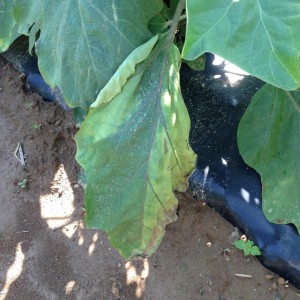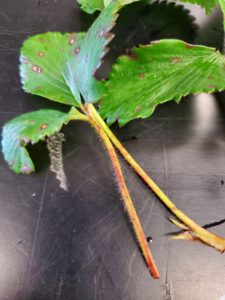The following video includes a review and update on important diseases for vegetable farmers in New Jersey.
Covered in this presentation are:
- Bacterial leaf spot in pepper and tomato
- Phytophthora blight
- Cucurbit downy mildew
- Pepper Anthracnose
- Cucurbit powdery mildew
Take-Home Extension Talk: Updates on important vegetable diseases.
Please click here: Take Home – PPA 4-17-20
For commercial growers, fungicide recommendations can be found in the 2020/2021 Mid-Atlantic Commercial Vegetable Production Recommendations Guide. The new guide available FREE on-line or can be purchased in hardcopy form through your county agricultural office in New Jersey. The complete 2020/2021 Vegetable Production Recommendations guide or specific sections can be downloaded depending on your production needs.




